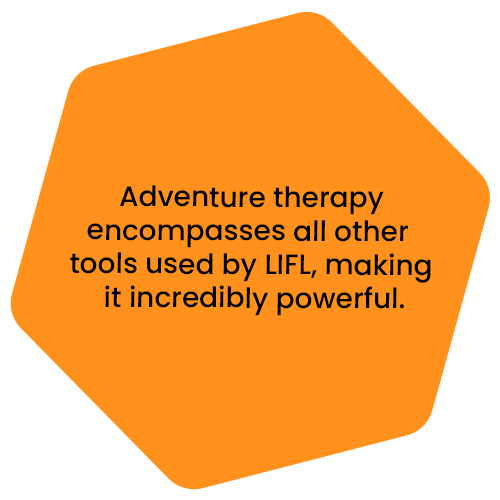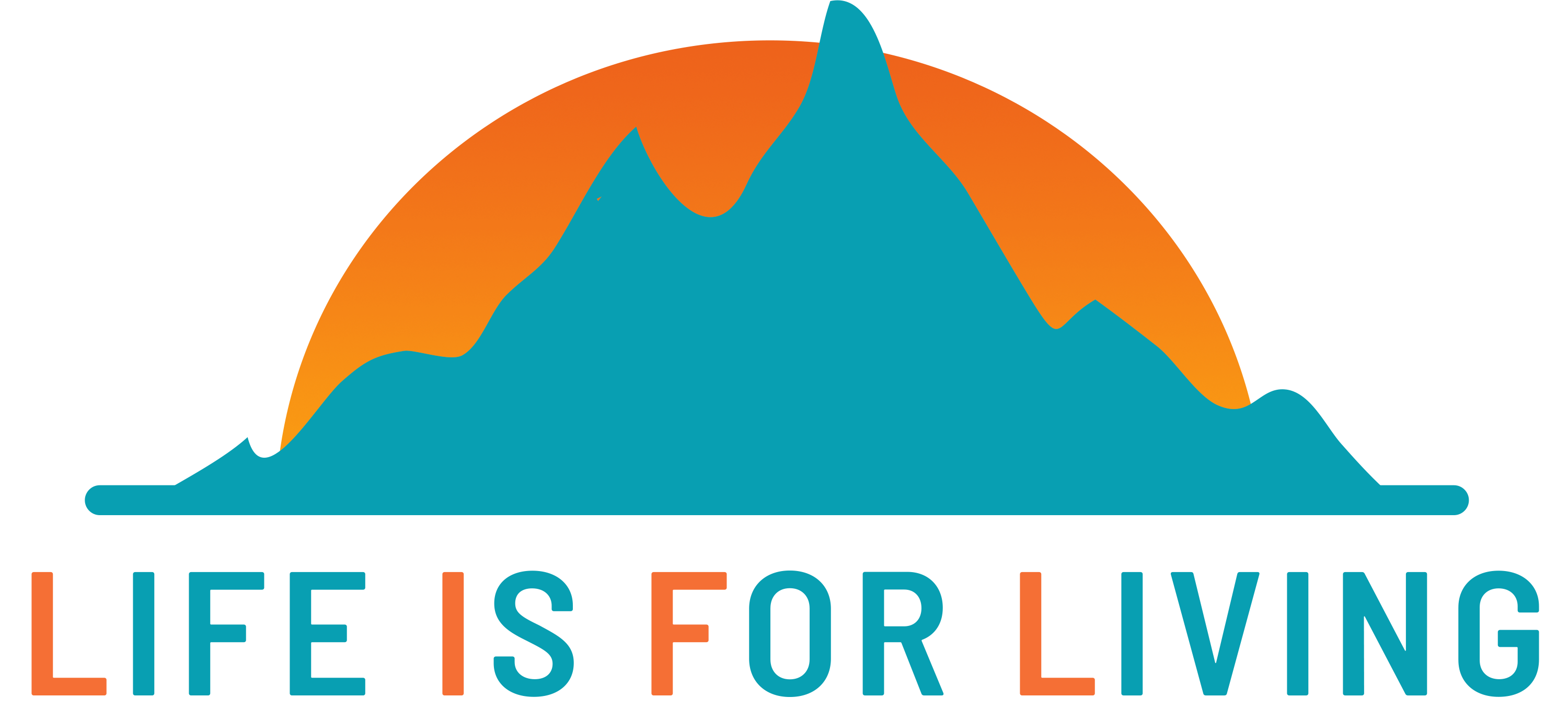Adventure Therapy
Using outdoor sport & adventure activities as a tool for personal development.



Examples of Adventure Therapy in practice
Climb a mountain to change your perspectives
“Joe and Andy (not their real names) had both had very traumatic childhoods. Having built trust with the boys, I set them a challenge and told them that tomorrow we would climb “that” mountain.” With no confidence or self- belief the boys were highly distressed by this thought, the challenge would take them far out of their comfort zones and they had been conditioned to believe that they will always fail.
They connected with themselves, others and with nature in a completely new way.
They learned to change their lifelong belief from “I can’t” to “I can.”
They learned the power of their own ability.
They learned the power of teamwork and of perseverance.
They learned that when a physical challenge does not kill you, it makes you feel truly alive.
They learned to challenge everything they had been told previously.
This one trip up a mountain changed their lives forever.
The Salt Path – Turning Adversity into Adventure
Shortly after Raynor’s husband “Moth” was diagnosed with a terminal illness they lost their home and possessions and everything they had ever worked for. They had nothing.
They made the desperate and perhaps crazy decision to set out on a 630 mile trek around the south coast of England with only a small tent for shelter and not enough money to buy food. Their story is an inspiring account of turning disaster into opportunity and emphasises the power that adventure, physical activity, connection with nature and human endurance have to change our lives and our health.


















